
Bruce Bower has written about the behavioral sciences since 1984. He often writes about psychology, anthropology, archaeology and mental health issues. Bruce has a master's degree in psychology from Pepperdine University and a master's degree in journalism from the University of Missouri. Following an internship at Science News in 1981, he worked as a reporter at Psychiatric News, a publication of the American Psychiatric Association, until joining Science News as a staff writer. In 1996, the American Psychological Association appointed Bruce a Science Writer Fellow, with a grant to visit psychological scientists of his own choosing. Early stints as an aide in a day school for children and teenagers with severe psychological problems and as a counselor in a drug diversion center provided Bruce with a surprisingly good background for a career in science journalism.

Trustworthy journalism comes at a price.
Scientists and journalists share a core belief in questioning, observing and verifying to reach the truth. Science News reports on crucial research and discovery across science disciplines. We need your financial support to make it happen – every contribution makes a difference.
All Stories by Bruce Bower
-
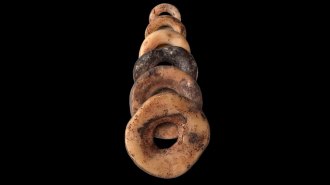 Anthropology
AnthropologyAn ancient social safety net in Africa was built on beads
A Stone Age network of communities across southern Africans was established using ostrich shell beads by around 33,000 years ago.
-
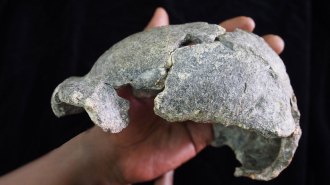 Anthropology
AnthropologyNew fossils and artifacts show Homo erectus crafted a diverse toolkit
Ancient hominid made stone tools demanding a range of skills and planning, a study finds.
-
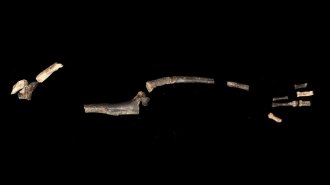 Anthropology
AnthropologyThe ancient hominid species that includes ‘Nutcracker Man’ may have made tools
Newly described hand, arm and shoulder fossils suggest that Paranthropus boisei had powerful arms with hands capable of making simple tools.
-
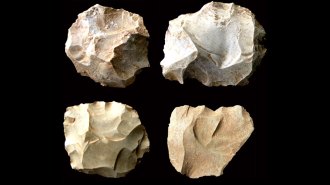 Archaeology
ArchaeologySouth Asian toolmaking withstood the biggest volcanic blast in 2 million years
Toolmakers continued to strike sharp-edged flakes as usual after a volcano’s colossal eruption around 74,000 years ago on what’s now Sumatra Island.
-
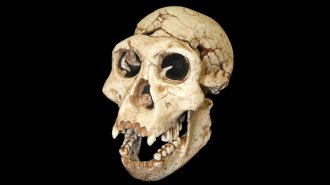 Humans
HumansThe earliest known hominid interbreeding occurred 700,000 years ago
The migration of Neandertal-Denisovan ancestors to Eurasia some 700,000 years ago heralded hookups with a resident hominid population.
-
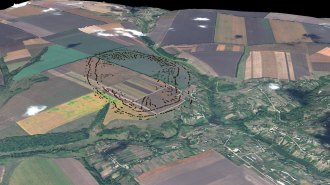 Archaeology
ArchaeologyAncient ‘megasites’ may reshape the history of the first cities
At least two ancient paths to urban development existed, some archaeologists argue.
-
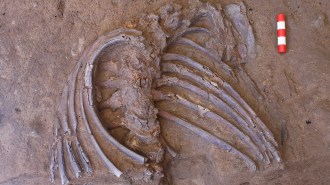 Archaeology
ArchaeologyNew cave fossils have revived the debate over Neandertal burials
Part of a Neandertal’s skeleton was found in a hole dug in the same cave in Iraqi Kurdistan where the “flower burial” was found in 1960.
-
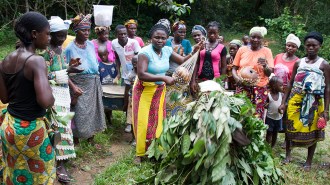 Humans
HumansSome West Africans may have genes from an ancient ‘ghost’ hominid
A humanlike population undiscovered in fossils may have passed helpful DNA on to human ancestors in West Africa starting as early as 124,000 years ago.
-
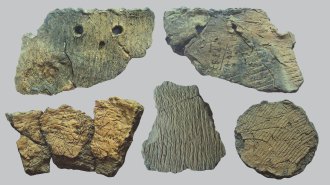 Archaeology
ArchaeologyFood residues offer a taste of pottery’s diverse origins in East Asia
Clay pots emerged in different places and for different reasons, starting at least 16,000 years ago, a study suggests.
-
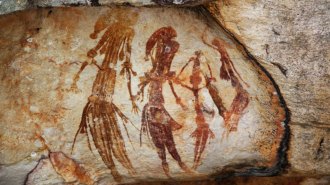 Archaeology
ArchaeologyWasp nests provide the key to dating 12,000-year-old Aboriginal rock art
Dating wasp nest remnants found beneath and atop painted rock art in Australia suggests the pictures were made some 5,000 years later than thought.
-
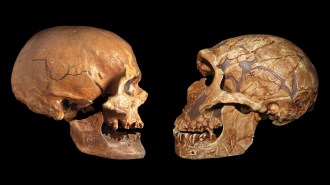 Genetics
GeneticsA new genetic analysis reveals that modern Africans have some Neandertal DNA too
Humans migrating back to Africa brought genetic material from humans’ extinct Neandertal relatives along for the ride.
-
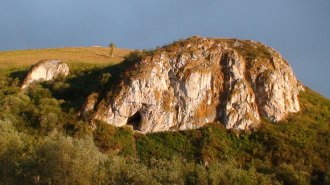 Archaeology
ArchaeologyA Siberian cave contains clues about two epic Neandertal treks
Stone tools and DNA illuminate an earlier and a later journey eastward across Asia.